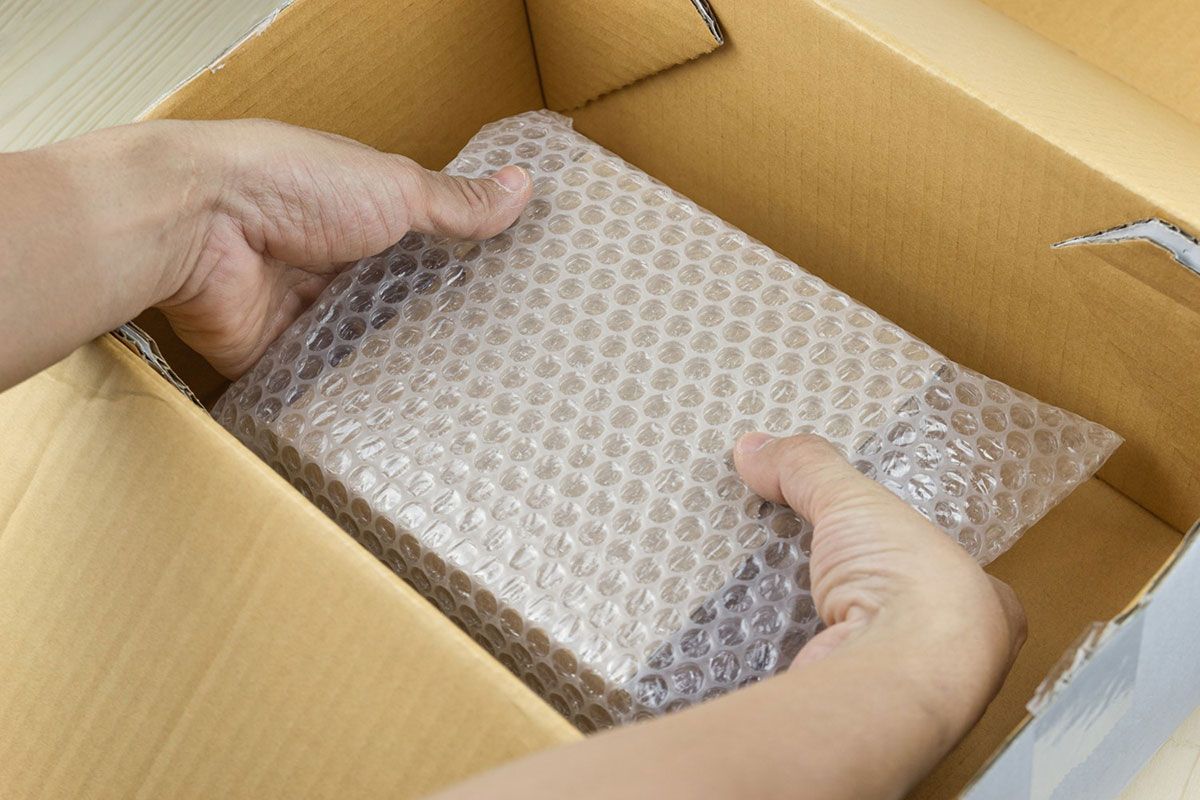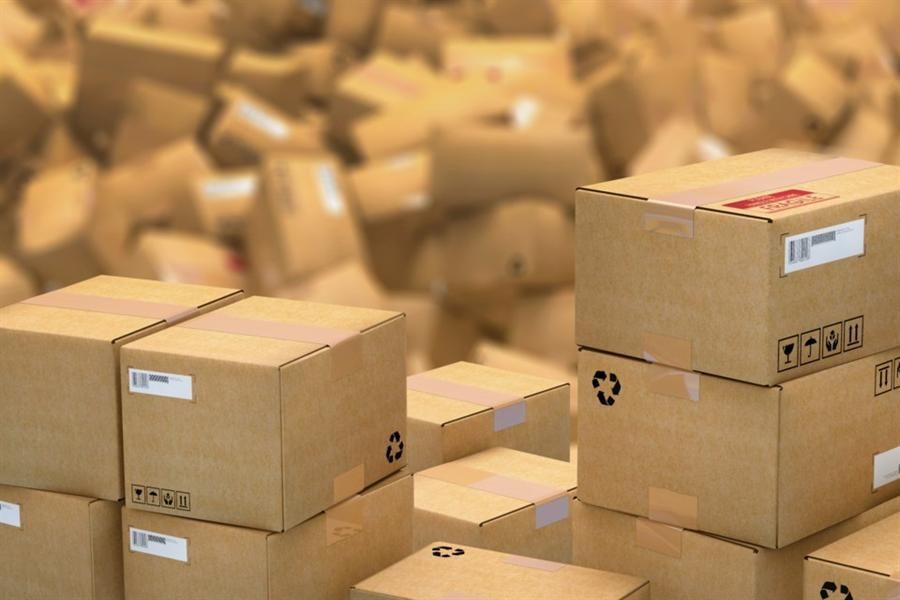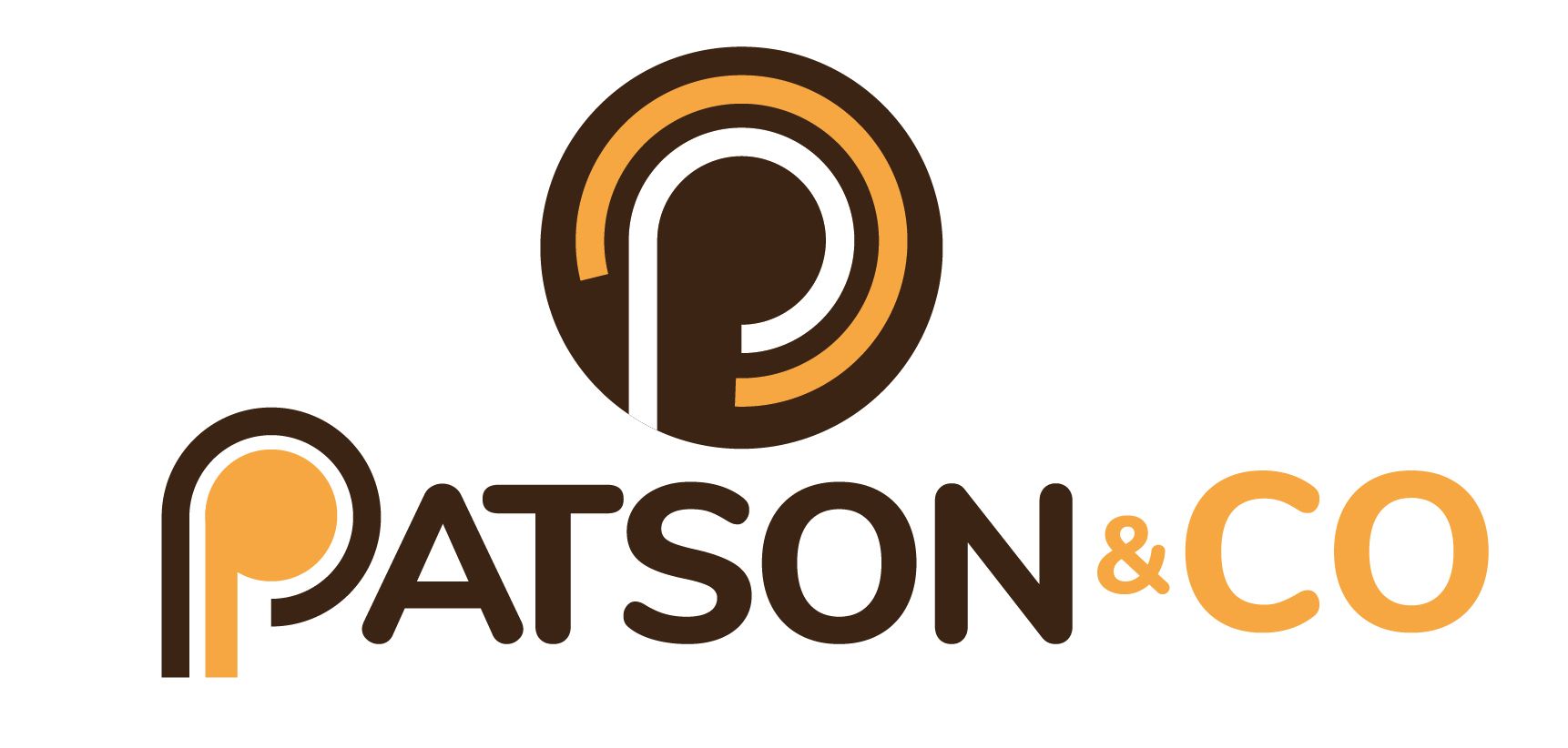Is there a kinship between contemporary *packaging Side* and the ancient letter boxes in Italy?
Filiation between contemporary packaging and ancient mailboxes in Italy reveals a rich historical connection that shapes today's design choices. By exploring this link, you will uncover how aesthetic values, functionality, and cultural significance from the past influence current packaging trends. Understanding this evolution not only enhances your appreciation for modern designs but also offers insights into ongoing practices within visual communication and branding.
Key Takeaways:
- The evolution of contemporary packaging in Italy shows a distinctive influence from ancient mailbox designs.
- Functional aspects of historical mailboxes inform modern packaging usability and accessibility.
- Artistic elements from traditional mailboxes are reflected in contemporary packaging aesthetics.
- Environmental considerations prompt a blend of old and new materials in packaging, inspired by durability of past designs.
- Cultural symbolism present in ancient mailboxes contributes to contemporary branding strategies.
- Both ancient mailboxes and modern packaging serve similar communication purposes, linking personal and commercial interactions.
- Case studies highlight specific examples where ancient designs have been reimagined in current packaging trends.
Unpacking the Aesthetics of Ancient Italian Mailboxes
Cultural Significance in Urban Architecture
Ancient Italian mailboxes often served as focal points in urban architecture, reflecting the values and identity of the communities they belonged to. You can observe how many cities incorporated these mailboxes into their streetscapes, transforming mundane utility into a statement of cultural pride. For instance, in Florence, the iconic mailboxes, often designed with intricate motifs and embellishments, integrate seamlessly with the historical buildings around them, thereby enhancing the city's aesthetic and cultural narrative.
These mailboxes were not merely functional but were designed to complement the artistic and architectural traditions of their time. For example, the rich colors and detailed ceramics that adorn many Italian mailboxes echo the vibrant history of Italian craftsmanship. By anchoring them in the urban landscape, these structures offer not only a practical purpose but also a dialogue between the past and the present, allowing you to appreciate the art of communication through the lens of history.
Symbolism and Artistic Influence
The symbolic nature of ancient Italian mailboxes extends beyond their immediate function of receiving mail. They often signify communication’s role in community cohesion and the exchange of ideas. As you study their designs, you might notice elements that echo themes of connectivity, such as intertwined vines or angels representing messengers, to emphasize the importance of correspondence in everyday life. These symbols serve as reminders of the social fabric that binds communities together.
The artistic influence of these mailboxes can be seen in various contemporary designs as well. Modern artists and designers draw inspiration from the unique shapes, colors, and motifs of ancient mailboxes to create packaging that resonates with heritage. By incorporating these historical elements, you get to witness a kind of reverence for traditional craftsmanship, leading to a revival of interest in artful and functional design. This blend of the old and new continues to shape how design is interpreted today.
The Evolution of Packaging Design in Italy
Historical Context: From Functionality to Artistry

In the early days, packaging design in Italy was primarily driven by functionality. Simple paper wrappings and wooden crates emerged in response to the need for protecting goods during transport. You can trace this utilitarian approach to the Renaissance, where the blending of art and utility began to take shape. This period saw the introduction of decorative elements in packaging, mirroring the ornate styles prevalent in architecture and visual arts. As trade expanded, so did the sophistication of packaging, transforming it into a medium that reflected cultural identity.
With the advent of the Industrial Revolution, mass production changed the landscape of packaging. Standardization became necessary for scalability, yet this didn't eliminate the artistic inclination. You will notice that brands began to invest in unique designs, incorporating regional motifs and artistic flair that echoed the grandeur of Italy's architectural heritage. This shift laid the foundation for contemporary packaging to balance aesthetic appeal with practical functionality.
Key Innovations and Influences Throughout the Centuries
Significant advancements marked the trajectory of packaging design in Italy. The introduction of lithography in the 19th century allowed for more vibrant and complex designs on paper packaging, making products more visually appealing. You should also consider the pivotal role of Italian artisans, who became instrumental in innovating materials such as glass and tin, leading to a wide range of packaging options. This adaptability to changing market dynamics showcased Italy's ability to fuse tradition with modernity.
Throughout the centuries, the influence of art movements, such as Futurism and Art Nouveau, reshaped packaging aesthetics. Each new design resonated with contemporary culture, allowing brands to communicate their identity effectively. The collaboration between designers and manufacturers facilitated innovations like tamper-proof seals and ergonomic shapes. As you explore deeper into the timeline, you'll find that each era contributed uniquely to the evolution of packaging, making it not just functional, but also a vital part of the Italian cultural narrative.
Cross-Pollination of Design: Old Meets New

Visual and Structural Parallels
Exploring the aesthetic details of both contemporary packaging and historical mailboxes reveals striking similarities in form and function. The geometric precision found in vintage Italian mailboxes, often adorned with intricate engravings, can be seen in today's minimalist packaging designs that rely on clean lines and thoughtful silhouettes. Consider how brands utilize die-cut technology to create structural nuances that echo the elegant curves and functionality of those old mailboxes. The visual dialogue between the past and the present highlights how effective design elements transcend time, merging nostalgic beauty with modern materials and sustainability principles.
A closer look at color palettes reinforces these parallels, where muted tones prevalent in historical designs find a home in contemporary packaging that opts for earth tones and classic shades. This mindful choice not only evokes a sense of familiarity but also speaks to an evolving consumer preference for authenticity and craftsmanship over mass-produced aesthetics. You can see brands drawing on vintage styles to convey heritage and quality, crafting a direct link to the tactile and visually rich history of Italian mailboxes. Such thoughtful integration invites consumers to appreciate the narrative behind the product, enriching their purchasing decision.
The Role of Consumer Behavior in Shaping Design
Your choices as a consumer increasingly dictate design trends, prompting designers to blend nostalgia with modern sensibilities. Research shows that 70% of consumers respond positively to designs evoking a sense of history or craftsmanship, signaling a shift towards appreciation for authenticity. Consequently, brands are making strategic decisions to incorporate elements reminiscent of traditional designs, such as those seen in mailboxes, to capture your attention and foster loyalty.
This shift in consumer behavior is not merely a passing fad; it reflects a deeper desire for products that tell a story. The resurgence of artisanal methods in packaging is a direct response to your increasing demand for quality and uniqueness. For instance, brands that utilize embossing techniques akin to those used in vintage mailboxes successfully engage you on a tactile level, creating an experience that resonates beyond superficial branding. By understanding this nuanced relationship, brands can effectively tailor their designs to meet your expectations while honoring the aesthetic roots of the past.
The Sustainability Discourse: Lessons from History

Traditional Materials vs. Contemporary Practices
Examining historical Italian mailboxes reveals a reliance on durable materials such as wrought iron and stone, designed to endure the elements while serving a functional purpose. These materials not only offered longevity but also exuded an artisanal quality that reflected the craftsmanship of the time. In contrast, contemporary packaging practices have increasingly leaned towards convenience and cost-efficiency, often opting for plastics and synthetic composites that lack the sustainable properties of traditional materials.
Despite advancements in production techniques, the environmental impact of modern materials is significant. Studies show that nearly 300 million tons of plastic are produced annually, with a large portion ending up in landfills and oceans. By revisiting the foundational principles of sustainability rooted in historical practices, you can see a pathway for modern packaging to embrace more environmentally friendly materials, echoing the durability and aesthetics of ancient designs.
How Old Designs Inspire Modern Eco-Friendly Solutions
Legacy designs often showcase how utility can coexist with environmental awareness. Ancient Italian mailboxes, crafted to withstand time, underscore the notion that form and function must be in harmony. By integrating natural materials and minimalist designs, you can draw inspiration from the past to create packaging solutions that reduce waste and carbon footprints.
Examples abound in today's eco-conscious market, where businesses adopt biodegradable substances or recycled materials, echoing the principles seen in historical designs. The ethos of using what is available locally and minimizing excess forms a backbone for contemporary sustainable practices, targeting not only ecological balance but also consumer appeal through a narrative of heritage and responsibility. With such implementations, you witness a rejuvenation of traditional ideals applied to modern challenges.
By incorporating elements like rustic finishes or organic shapes that are reminiscent of old designs, current brands can forge deeper connections with consumers who value sustainability. This approach not only honors the craftsmanship of the past but also promotes a circular economy, where products are made to last and can be repurposed or recycled, transforming how you view both packaging and legacy.
Transformative Trends: Can We Merge the Past with the Future?
Contemporary Adaptations of Vintage Designs
Your understanding of packaging design can greatly benefit from exploring how contemporary brands are revitalizing vintage aesthetics. Companies often draw inspiration from the classic forms and colors of yesteryear, integrating nostalgic elements into modern products. For example, some artisanal chocolate brands now use packaging that echoes the ornate designs of Italian mailboxes, featuring rich colors and intricate typography that evoke a sense of heritage. This marriage of old and new not only appeals to consumers’ sense of nostalgia but also establishes a narrative that connects the product with its cultural roots.
The effectiveness of these adaptations is reflected in notable marketing successes. Brands leveraging vintage design have reported increased consumer engagement, with sales rising significantly after incorporating retro aesthetics into their packaging. The appeal lies in authenticity; consumers are drawn to products that tell a story, making them feel a part of a lineage that transcends time. By merging these design elements, you can create packaging that resonates emotionally while still meeting contemporary functional demands.
Predicting Future Directions in Packaging Design
The future of packaging design lies at the intersection of technology and sustainability, pushing boundaries while maintaining respect for tradition. As you observe emerging trends, the integration of augmented reality (AR) into packaging stands out. This innovation allows consumers to interact with products in unprecedented ways, providing virtual experiences that enrich the shopping journey. Imagine scanning a package with your smartphone to reveal the story behind the design, connecting you directly to the cultural narratives of its origin.
Incorporating smart materials is also gaining momentum, with biodegradable options and smart sensors that monitor product freshness. These advancements address sustainability concerns while maintaining visual appeal. Brands that embrace these technologies not only position themselves as forward-thinking but also align with consumer values, which increasingly favor environmentally friendly practices. As your packaging evolves, striking a balance between technological innovation and cultural heritage will be critical in cultivating a deeper connection with your audience.

Final Words
So, as you explore the relationship between contemporary packaging and historical mailboxes in Italy, you’ll notice a compelling connection in design and function. The evolution of packaging reflects not only technological advancements but also the aesthetic values of each era, drawing inspiration from the artistic features of those old mail receptacles. You might find that both forms share a commitment to accessibility and communication, serving as vessels for messages, whether they be physical letters or modern goods.
This exploration may encourage you to reflect on how these influences shape your perception of packaging today. You can appreciate how the past informs present design, blending tradition with innovation to create functional yet aesthetically pleasing solutions. In your journey of understanding, it becomes evident that the lineage of these objects tells a much larger story about culture, communication, and the evolution of consumer behavior in Italy.
FAQ
Q: Existe-t-il une influence historique entre le packaging contemporain et les boîtes aux lettres anciennes en Italie ?
A: Oui, le packaging contemporain s'inspire de l'esthétique et des matériaux des anciennes boîtes aux lettres italiennes, intégrant des éléments de design qui évoquent la nostalgie et le patrimoine culturel.
Q: Quelles sont les caractéristiques des boîtes aux lettres anciennes qui se retrouvent dans le packaging moderne ?
A: Les caractéristiques incluent l'utilisation de couleurs vives, des motifs décoratifs, et des matériaux robustes, qui sont également appliqués dans le design d'emballages contemporains pour attirer les consommateurs.
Q: Comment les changements technologiques ont-ils influencé le packaging par rapport aux boîtes aux lettres anciennes ?
A: Les avancées technologiques ont permis des impressions de haute qualité et des designs plus complexes, mais l’essence artistique inspirée des boîtes aux lettres anciennes demeure une tendance persistante dans l’approche du packaging.
Q: Y a-t-il des exemples de marques contemporaines qui utilisent des éléments de design inspirés des boîtes aux lettres anciennes ?
A: Oui, plusieurs marques italiennes adoptent des styles vintage dans leurs emballages, évoquant l'artisanat des boîtes aux lettres anciennes pour créer une connexion émotionnelle avec le consommateur.
Q: Quel impact culturel cela a-t-il sur la perception du packaging dans la société italienne actuelle ?
A: Cela contribue à un sentiment d'identité et de continuité culturelle, en renforçant l'appréciation des traditions tout en répondant aux tendances modernes, rendant le packaging plus attrayant et signifiant pour les consommateurs.














